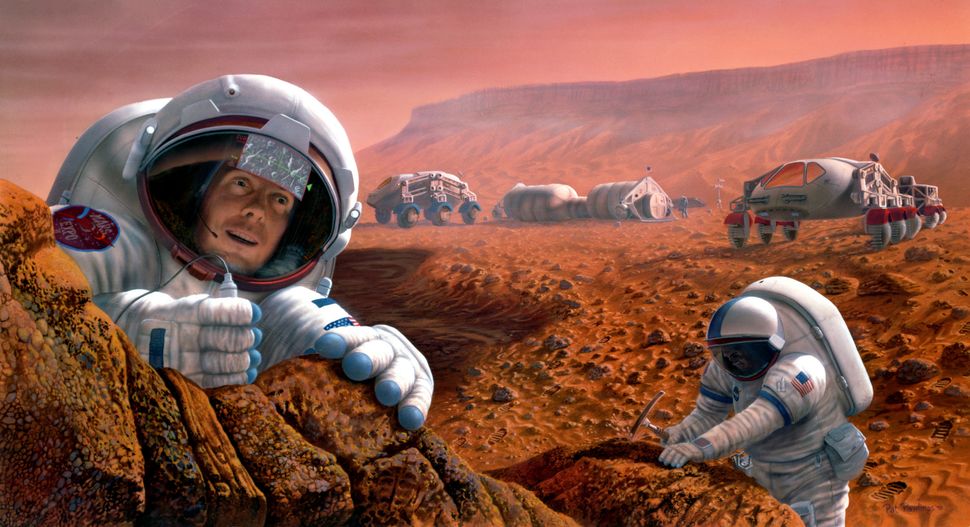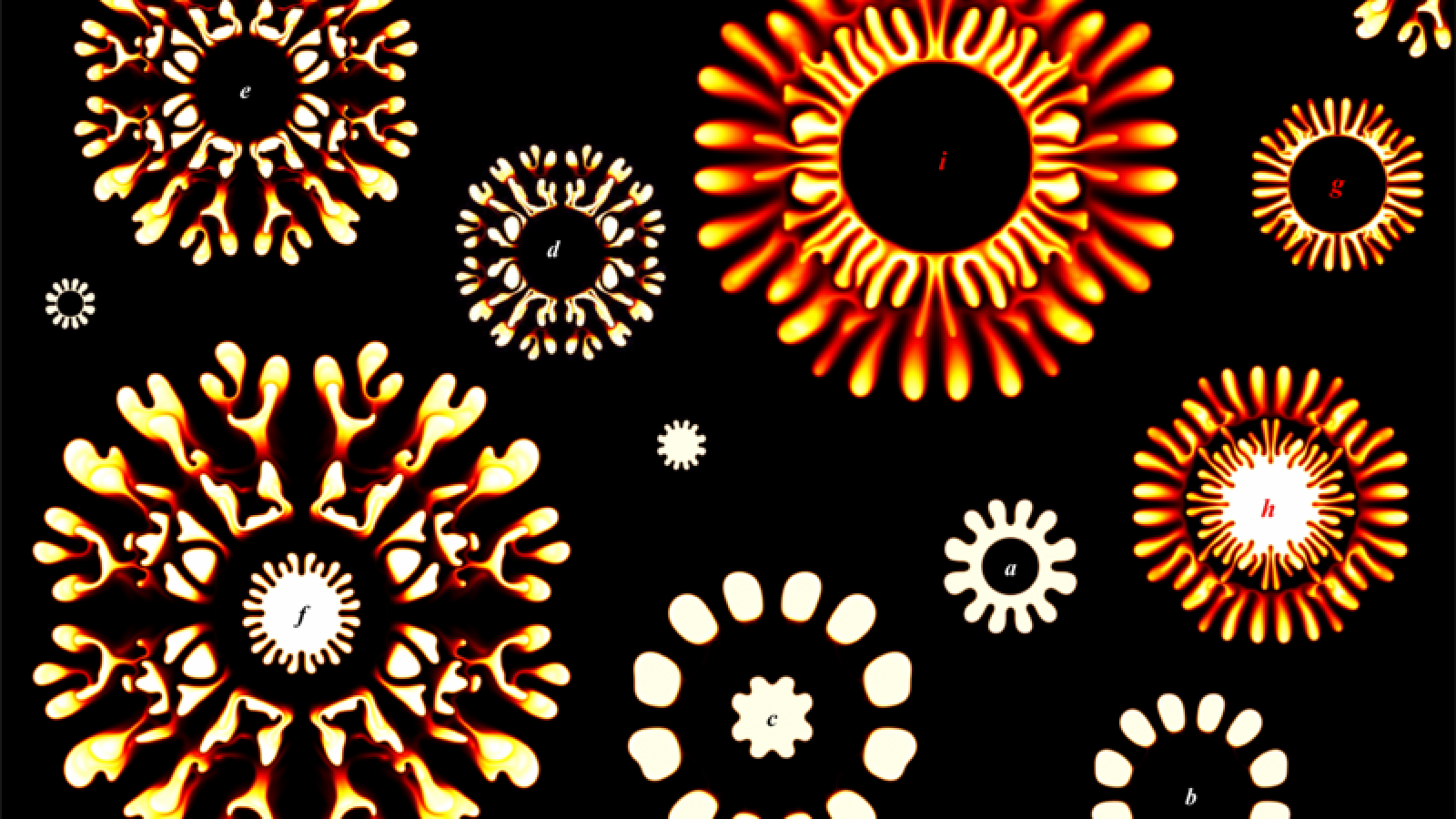Alcohol-soaked star system could help explain ‘why life, including us, was able to form’


Researchers have found alcohol in the orbit of a young star, and it could help them understand the origins of life on Earth.
Methanol (methyl alcohol) and its isotopes (versions of elements) were detected in gases around a star called HD 100453, which is about 330 light-years from Earth. This is the first time researchers have found isotopes of methanol in the disk of a young star like HD 100453, the scientists reported in a study published June 5 in The Astrophysical Journal Letters.
Methanol is a building block for organic compounds such as amino acids, which are needed for life. Researchers had previously detected methanol — but not its far rarer isotopes — in other star-forming disks.
“Finding these isotopes of methanol gives essential insight into the history of ingredients necessary to build life here on Earth,” study lead author Alice Booth, a research fellow at the Harvard and Smithsonian Center for Astrophysics, said in a statement.
Related: A hidden ‘super-Earth’ exoplanet is dipping in and out of its habitable zone
Many young stars are surrounded by swirling disks of gas and dust. These protoplanetary disks, also known as planet-forming disks, provide the material for planets, moons and comets to form.
The team made the methanol discovery using data from the Atacama Large Millimeter/submillimeter Array (ALMA) in Chile. ALMA maps the chemical composition and distribution of gas in nearby (relatively speaking) protoplanetary disks.
HD 100453 is larger than the sun, with about 1.6 times the sun’s mass. This means that methanol and other molecules in its disk exist as a gas farther from their home star than would have been the case when our solar system was young. Smaller stars have cooler disks, so their molecules are normally frozen as ice and undetectable to ALMA, according to the statement.
In HD 100453’s disk, the researchers found that the ratio of methanol to other organic molecules was similar to that of comets in our solar system. The findings suggest that ices within protoplanetary disks eventually clump together to form comets loaded with complex organic molecules, which may then be delivered to planets through collisions.
“This research supports the idea that comets may have played a big role in delivering important organic material to the Earth billions of years ago,” study co-author Milou Temmink, a doctoral candidate who studies protoplanetary disks at Leiden University in the Netherlands, said in the statement. “They may be the reason why life, including us, was able to form here.”
Source link






